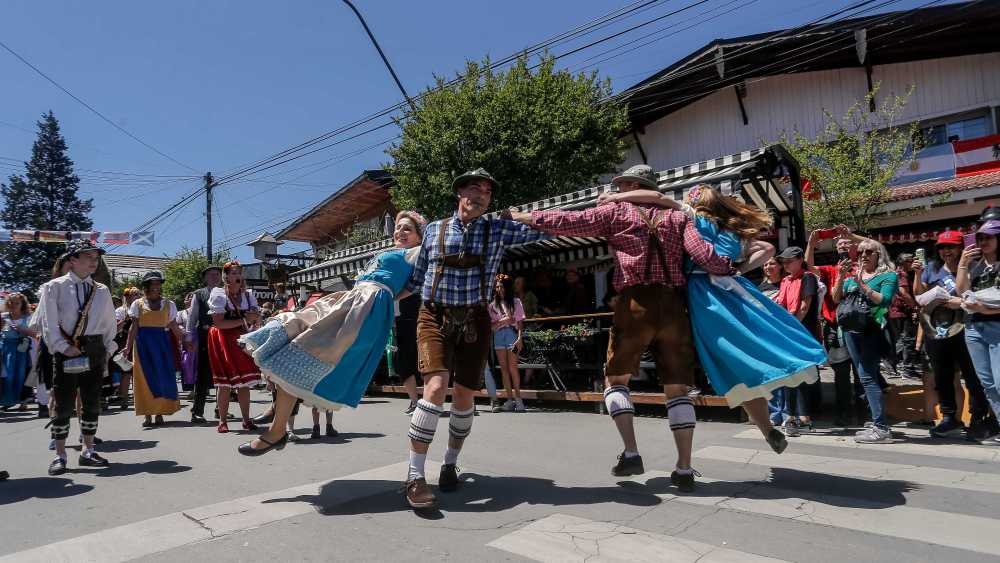Editor’s Note: The Hungarian Countess Louise J. Esterhazy was a revered — and feared — chronicler of the highs — and generally lows — of fashion, society, culture and more. It seems the Esterhazy clan by nature is filled with strong opinions, because WWD Weekend has now been contacted by the Countess’ long-lost nephew, the Baron Louis J. Esterhazy, who has written from Europe to express his abhorrence of numerous modern fashion and cultural developments. The Baron’s pen is as sharp as his late aunt’s and here is his latest column on the not-always-joyful summer vacation.
As one thinks of travel plans at the onset of early summer, it can be temping to contemplate, “Urgh! What’s the point?”
Having gazed upon the world’s greatest and most monumental sites; gawped through glorious museums and collections (including, naturally, scores of private ones worthy of any public institution); guzzled at the most renowned restaurants and bars; slept through the Salzburg Easter Festival; got caught up in the running of the bulls in Pamplona (and almost been trampled by a bull elephant on safari in Tanzania), and jostled through everything from Hirosaki’s Japanese Cherry Blossom festival to carnivals in Rio and Venice, I occasionally tell myself, “No more!”
And to add a big dollop of cynicism to the onset of my indolence and ennui, one cannot help but wonder if, apart from the occasional knees-up in national costume, aren’t we all becoming the same anyway? Over the last generation, technology advances, global media, the speed of communication, the ease of travel and general wokery across the developed world can lead us all to do, say and experience more or less the same things. The thirtysomething at Burning Man or Mardi Gras will be worrying about and saying more or less the same thing as his equivalent at Oktoberfest, Coachella and Glastonbury Festival.
So, why not just stay home and read a good book, eh?
Then one stumbles on a whole host of bizarre and particularly unique national traits and habits that, while in one country are considered utterly acceptable and normal, in others might be considered not just weird, but even downright insane or criminal.

Jeff J Mitchell/Courtesy of Getty
For instance, in Sweden and most of Scandinavia, it’s considered entirely acceptable to park your baby stroller (with dozing infant) outside of any shop, on the bustling sidewalk, while you wander in and complete your shopping. By the way, this is done year-round, including in the dead of winter, when the skies are black at 2:30 p.m. and the temperature makes a polar bear shiver. If you tried the same outside of Bloomingdale’s on 59th Street in Manhattan on a January afternoon, your baby would be in “protective services” and you in the back of one of New York’s finest (aka, NYPD) squad cars before you had finished paying for your purchase.
Likewise, when game bird shooting in England during winter, it’s considered not just normal but de rigueur to consume alcohol from the get-go until the last, when you lay down your weapon. Many a shoot starts with a shot of something bracing, like sloe gin, before one has taken aim at the first passing bird. Then, at 11 a.m. one stops for a snack, which is an excuse to down more alcohol, ranging from Bullshots to Champagne and, inevitably, more sloe gin. Lunch is lubricated with flagons of “claret,” as the Brits call Bordeaux. A lusty glass (or two) of port wine accompanies the cheese. All this can be augmented by a fellow “gun” (or hunter), jovially passing around a hip flask, filled with something like cognac, at any point of the day, with the words, “Go on. Take a slug. It will improve your aim!” All this adds up to firearm-wielding men (it’s the men who drink the most) being multiple times over the drink-drive limit. And, to strongly stress, they are all wielding loaded guns. My German friends consider the British entirely insane.
But then, name me another society other than the Germanics who think it stylish for men to don worn buckskin shorts, held up by a girdle-cum-brace contraption, all designed to expose the least attractive part of the male anatomy, the knobbly knee. The lederhosen is considered immensely stylish, especially in southern Germany, to the point where some opt for the outfit at rather formal occasions. Need I point out that I have never seen an article extolling the fashion virtues of this attire. In the history of fashion as far as my limited knowledge is aware, no designer has ever sent a model down the catwalk in lederhosen and, thankfully, the lederhosen has not supported Germany’s otherwise healthy export surplus. I should point out that the Generalquartiermiester (aka, my German wife) has long pressured me to slip into some lederhosen, but so far I have easily resisted. So, while not perhaps literally criminal in the same sense as abandoned babies and drunks bearing shotguns, lederhosen is definitely a fashion crime in my book.
Some well-known national traits and traditions, which others may find peculiar or even indefensible, can quickly become furiously heated subjects around nationalism. In certain cases a long-held custom can become an enshrined basic right of the people in some countries. Think of bullfighting in Spain or the right to bear arms in the United States. To a Hindi Indian, the notion of killing a bull, slowly and for the sake of mass entertainment, is literally beyond their comprehension. There, the bull is sacred, a holy symbol of strength, fertility and prosperity and the gatekeeper to the home of Lord Shiva. In Spain, its death is entertaining sport.
In Japan, where gun ownership is 0.3 guns per 100 citizens, they marvel that today, in the U.S., there are more than 120 firearms per 100 people and in many states it is perfectly legal to “publicly carry” a handgun. As we all know, the Second Amendment gives the right “to keep and bear arms.” This being despite the fact that nearly 40,000 Americans die each year from gun deaths. In Japan, the tally is literally less than the fingers of one hand.
Then again, it is considered perfectly acceptable for adult Japanese men to read Hentai (a pornographic cartoon format, aka “manga”) in public places. There’s a good chance that if you pulled this reading material out on the London Underground you’d quickly be arrested under the obscenity laws.
In most countries I know, lighting up a cigarette at a gas station would be considered utter madness. Not in Portugal, where it’s perfectly normal. Pull in, fill ‘er up, buy yourself a punchy little espresso while paying for the gas, step outside onto the forecourt, coffee in hand, standing atop 50,000 gallons of gasoline and fire up that cigarette. Are you crazy, or do you have a death wish…for the entire neighborhood?
Lastly to food. We all know the Koreans eat dog meat, the Chinese are known to serve frog sperm and the French eat horse flesh, frogs legs and snails. But how about trying “Sauce de Claporte” on your next Paris trip. In the Petit Larousse, the culinary bible of France, it describes this sauce being made of tiny woodlouse, a land-based crustacean, which even hedgehogs are said to avoid and birds spit out. These creatures secrete an ammonia through their shell and the taste is said to be like “licking a urinal.” But, hey, leave it to the French to put them critters on the menu.
So as you plot your summer holiday and begin to pack your bags, keep in mind all the above and simply shrug, “Vive le difference!”










